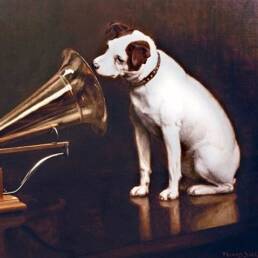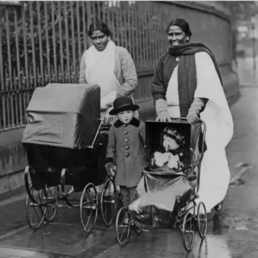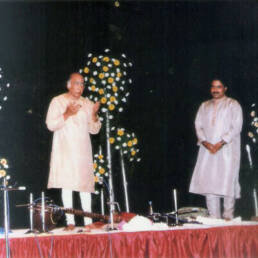Every summer, Indians go gaga over mangoes. But, 56 years ago, there was a unique mania for mangoes which spread during the Cultural Revolution in China. How did a tropical fruit turn into propaganda for Mao?
On August 4, 1968, Mian Arshad Hussain, the then foreign minister of Pakistan, visited China and gifted a crate of mangoes to Mao. He wasn’t ready to try this new fruit and reportedly displayed an aversion to it, so he decided to pass the mangoes to workers as a reward for crushing the Red Guards.
“No-one in northern China at that point knew what mangoes were. So, the workers stayed up all night looking at them, smelling them, caressing them, wondering what this magical fruit was,” says art historian Alfreda Murck.
As the military representative arrived at the factories with the mangoes in both hands, the workers wondered whether to split them, eat them, or preserve them.q They decided to preserve the mangoes with formaldehyde.
Wax replicas of mangoes with glass covers were made and distributed to revolutionary workers.
The workers had even chartered a plane to fly the real mango to a factory in Shanghai from Beijing. It was driven by a worker representative through a procession of beating drums and people lining the streets, from the factory to the airport.
When one of the mangoes began to rot, workers peeled it and boiled the flesh in a vat of water, which then became “holy” – each worker sipped a spoonful.
The mangoes toured the length and breadth of the country, and were hosted in a series of sacred processions. Soon the mangoes became the object of intense devotion. Some of the rituals imitated centuries of Buddhist and Daoist traditions, and the mangoes were even placed on an altar to which factory workers would bow.
While Chinese mythology accords immortality with peaches, mangoes began to take up similar connotations. The workers surmised that Mao’s gift was an act of selflessness, in which he sacrificed his longevity for theirs.
The mangoes also proved to be a gift to the propaganda department of the Communist Party, which quickly manufactured mango-themed household items, such as bed sheets, vanity stands, badges, enamel trays and washbasins, as well as mango-scented soap and mango-flavored cigarettes.
Massive papier-mâché mangoes appeared on the central float during the National Day Parade in Beijing in October 1968. Far away in Guizhou province, thousands of armed peasants fought over a black and white photocopy of a mango.
However, some didn’t join the frenzy. Those who expressed their doubts were severely punished. A village dentist was publicly humiliated and executed after comparing a “touring” mango to a sweet potato.
On a visit to Beijing in 1974, Imelda Marcos took a case of the Philippine national fruit – mangoes – as a gift for her hosts. Mao’s wife, Jiang Qing, tried to replicate the earlier enthusiasm, sending the mangoes to workers. History did not repeat itself as the magic had died out.
There is a tradition in China of zhuansong, or re-gifting. It may be regarded as vulgar in other cultures, but in China re-gifting is widely seen as a compliment, enhancing the status of both the giver and the recipient. Mao never liked the fruit, but his act of gifting the mangoes shaped history.
There is also a long history of the fruit having religious and divine connotations. Apples in Christianity, pomegranates in Greek mythology and even Shabari’s half eaten berries in the Ramayana. The eternal allure of mangoes was no different, and still continues to brighten people’s lives.
Sources
https://chineseposters.net/themes/mao-mangoes
https://www.bbc.com/news/magazine-35461265
https://medium.com/age-of-awareness/the-mango-cult-of-mao-a93eb52dba8a




